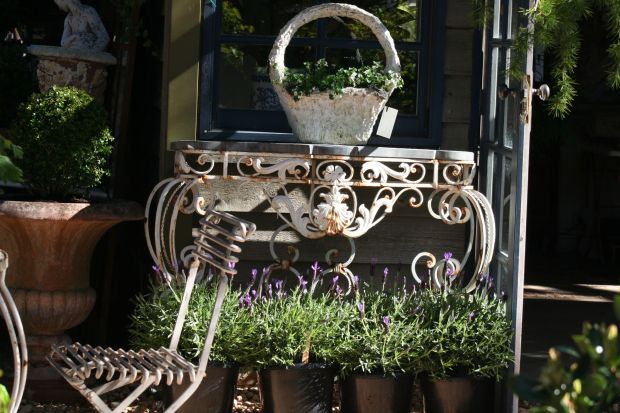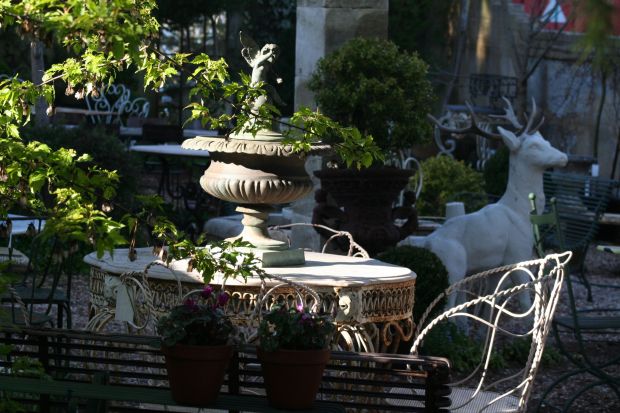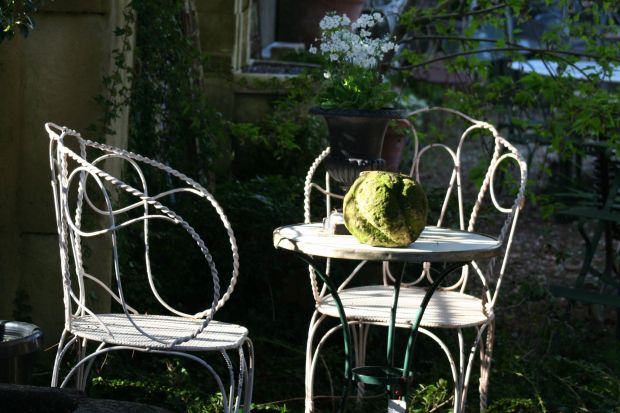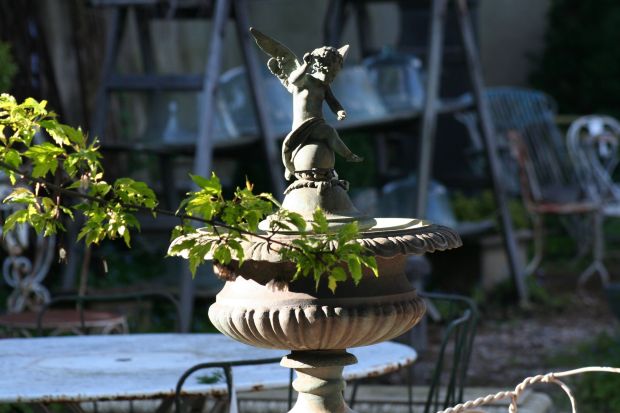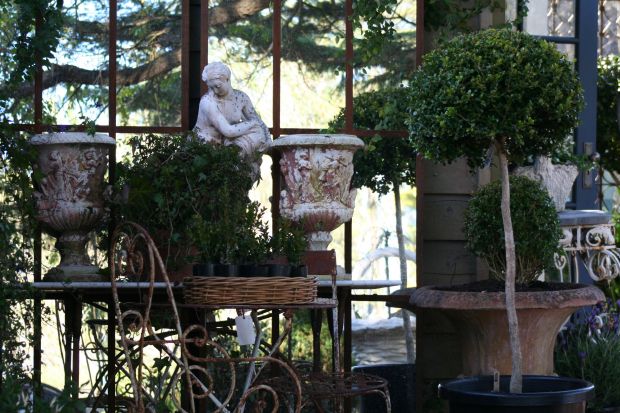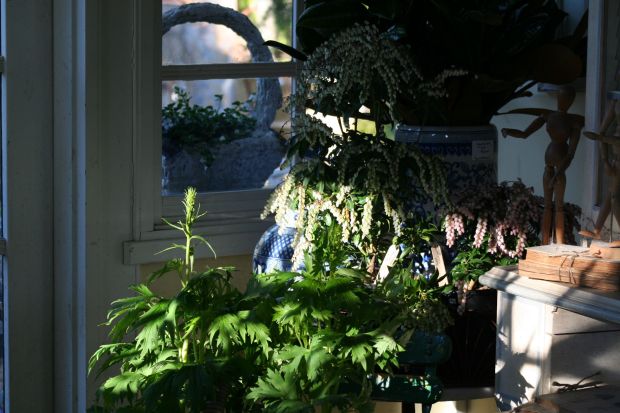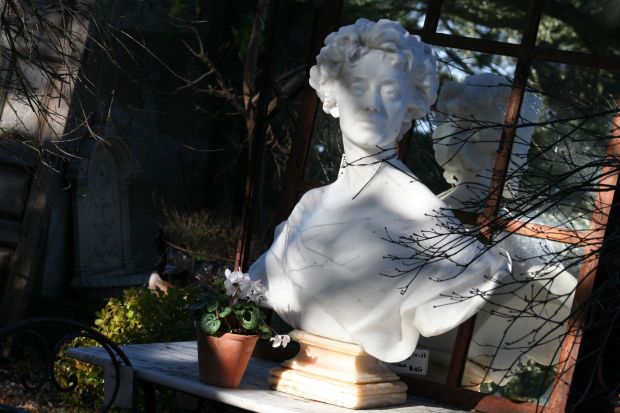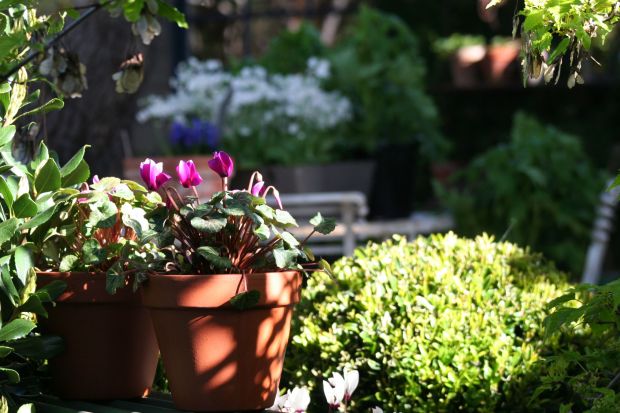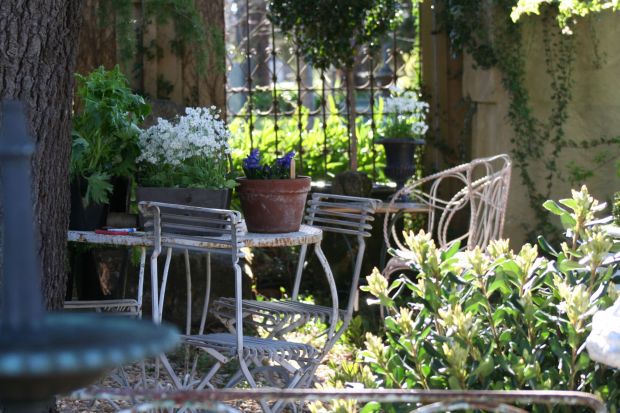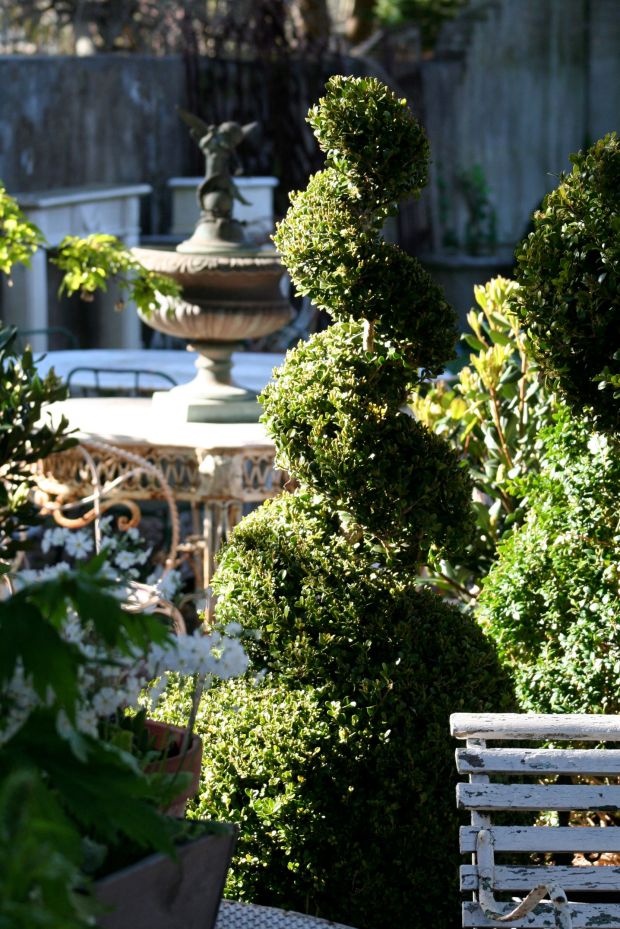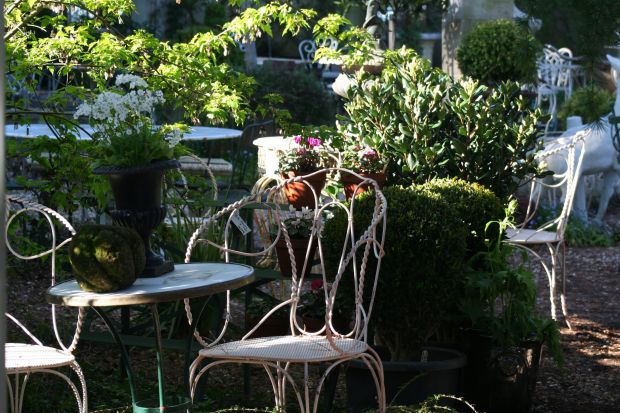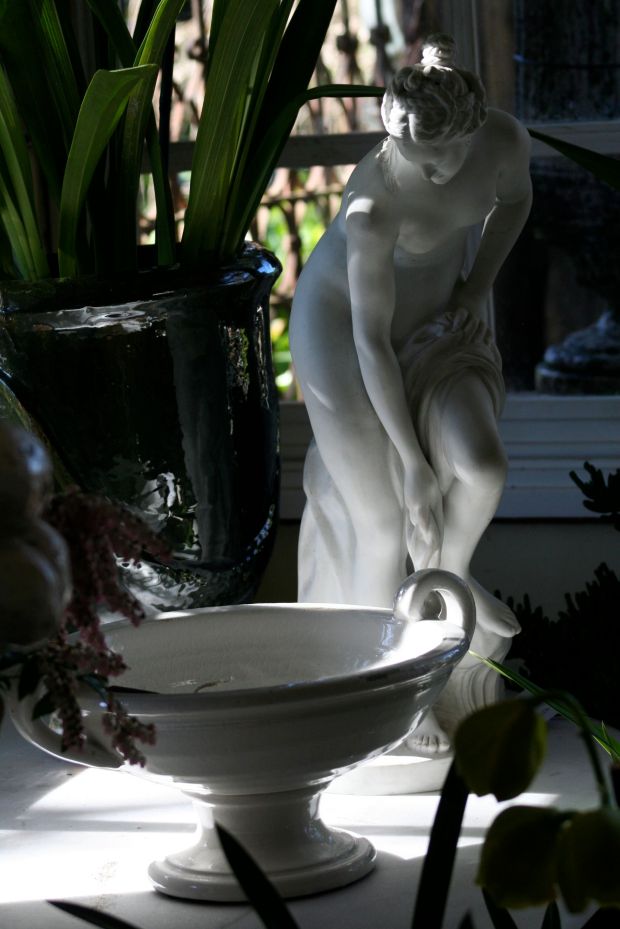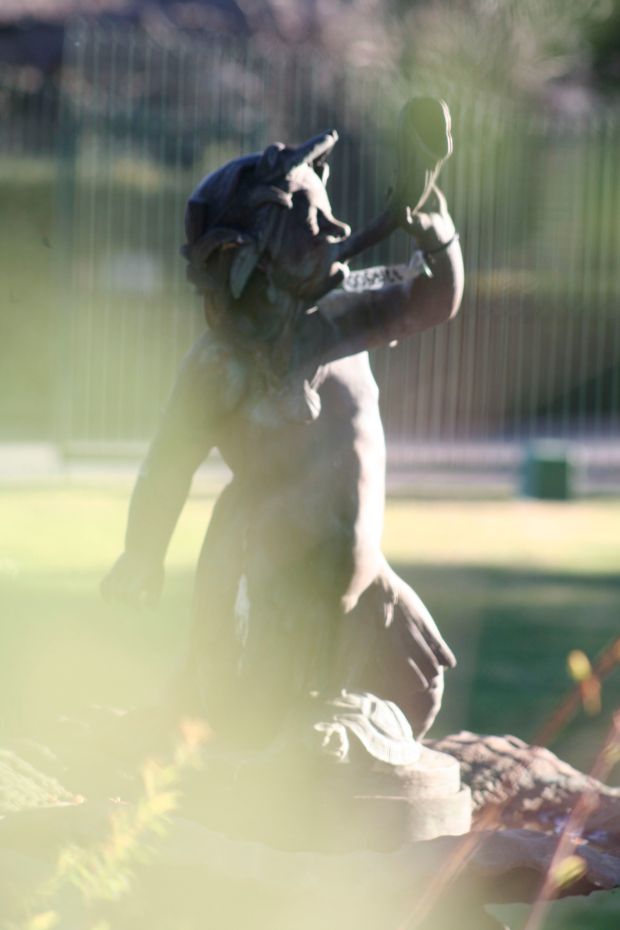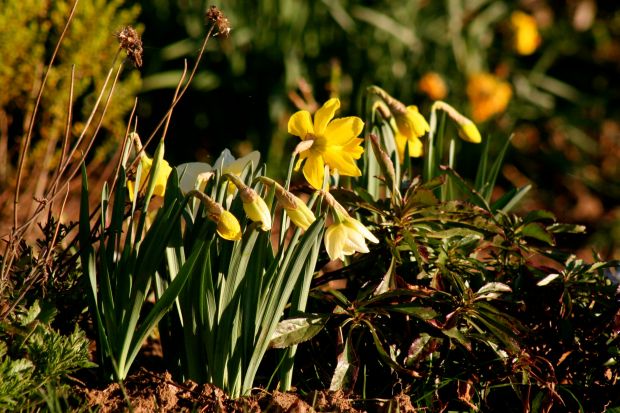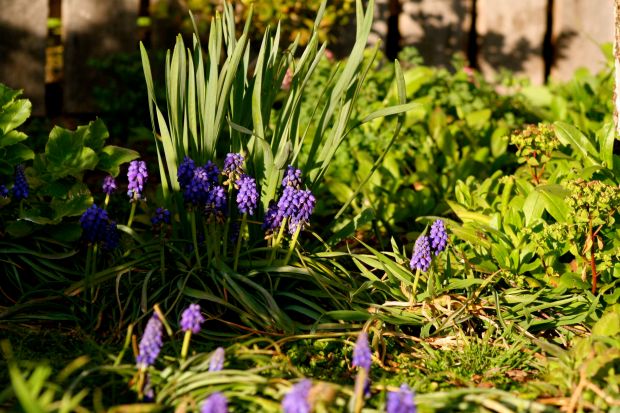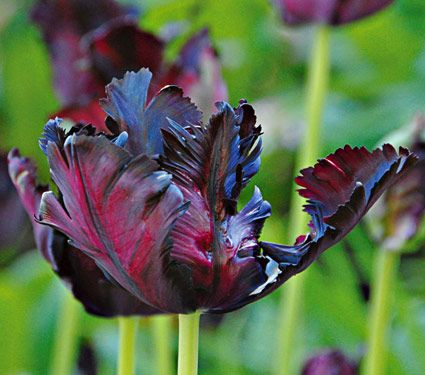
I can’t wait to take delivery of our tulip stock this month. Late March is the time to plant for a spectacular Spring display and don’t be meek … go for drama. Not 8 or 10 … no, no, no … 80 or 100! I was inspired by displays at Hidcote last year where giant troughs and tubs were packed with bulbs of a single colour. And I’m planning to lash out and do a bold display of the spectacular Tulipa Black Parrot (above). Bred in 1941 this magnificent tulip has violet black flowers and grows to approx. 50cm. Tulips in the Parrot class have feather-like flowers with some varieties having petals more incised than others. Parrot tulips tend to have large, heavy flowers and in the sun, the flowers open up horizontally. They are generally late flowering so be sure to have other earlier varieties to start the show and keep Black Parrot for the grand finale! For those of you who live here in the Southern Highlands, tulip time co-incides with lots of Open Garden visits. How lucky we are to have such lovely displays in our public parks and gardens.






Growing Instructions – Tulips should be planted in late March – May, in full to partial sun. March planting is only for zones 1-3, (see map below) May for Zone 4. Once buds appear, a little complete fertiliser can be mixed into soil, and a high nitrogen topdressing should be applied at emergence. Water in as bulb is shooting, and water well after flowers die off to ensure good bulb growth for next year’s flowers. Lift bulbs when foliage is yellowed, and store in net bag in ventilated, cool area. Flowers in spring.

Refrigerating Tulips Tulips love a cold winter, a mild spring and dry summer. You can’t control everything about your climate but you can control the winter period quite easily. If you live somewhere that doesn’t get any winter frosts your ground does not get naturally cold enough for tulips. You will need to give them a winter before you plant, this can be done by putting your bulbs in a fridge for about 6-8 weeks before planting. If growing in warmer climates planting is best in mid May so put into the fridge mid-late March.
Things to remember about putting bulbs in the fridge
1.Don’t freeze them 2.They need air flow around them. 3. Open the paper bags. 4. Store away from ripe fruit and vegetables. 5. They will grow taller, and flower earlier as a result of refrigeration, and this effect is cumulative.
In warm climates tulips grow well as annuals. Plant the bulbs up in large pots in late May after 8 weeks of refrigeration and put the pot in the coldest part of the garden (no sun) until the shoots are 5 cm high. Then move the pot to your favourite position and enjoy the spectacular growth and flowering of these energetic bulbs.
Great books for further reading on Tulips:
Intrigue, thievery and heart break… it’s all in the history of the Tulip
The history of the Tulip is filled with intrigue, skulduggery, thievery, instant fortunes and broken hearts. And, although these flowers are synonymous with the Dutch, tulips did not originate in the Netherlands nor were the Dutch always at the forefront of breeding these beauties. The Dutch obsession with tulips belongs to the relatively recent history of the tulip. The attempts to trace the exact history of the Tulip have been thwarted by a lack of reliable documentation over the centuries although art from as early as the 12th century does give some clues.
What historians have been able to establish is that tulips probably originated thousands of years ago in a ‘corridor’ which stretches along the 40º latitude between Northern China and Southern Europe.

